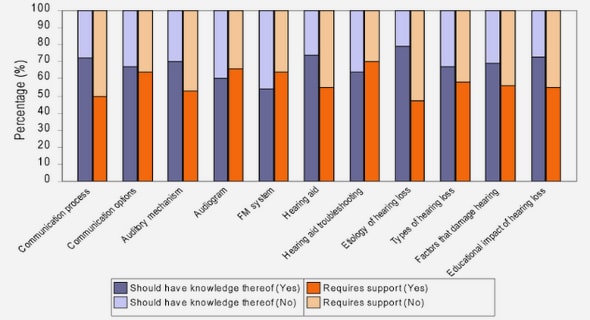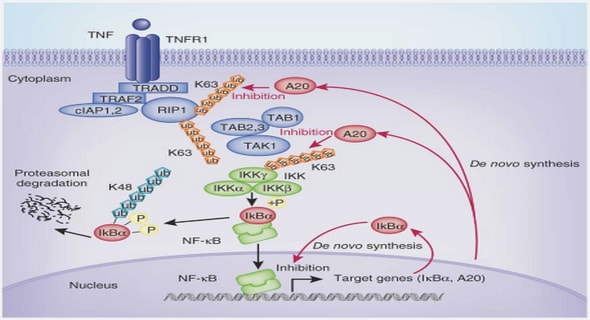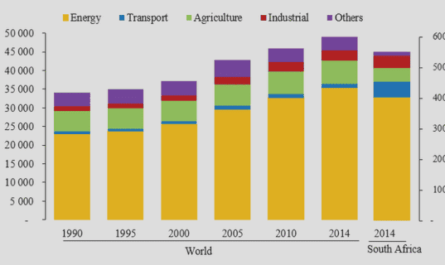Get Complete Project Material File(s) Now! »
Summary and future perspectives
Semiclassical orthogonal polynomials, in particular generalized Freud polynomials, have been the main focus of this thesis. Generalized Freud polynomials are orthogonal with respect to the so-called generalized Freud inner product hp; qiw = Z R p(x) q(x) jxj2+1 exp(?x4 + tx2) dx; > 0; t; x 2 R: (6.0.1) We employed the theory of Painleve equations as our main tool to study recurrence coe cients of the three-term recurrence relation satised by the semiclassical generalized Freud polynomials.
In Chapter 4 we focused on analytic properties of the generalized Freud polynomials. It had been believed that for Freud-type weight functions, explicit expressions for the recurrence coecients in the three-term recurrence relation and the polynomials orthogonal with respect to this weight were non-existent (cf. [117, x18.32]). As one of our pioneering results, we obtained an explicit formulation for the recurrence coecient n(t; ) in the three-term recurrence relation (4.2.4) associated with the semiclassical generalized Freud weight (4.2.1), showing that n(t; ) can be expressed in terms of Wronskians of parabolic cylinder functions that arise in the description of special function solutions of the fourth Painleve equation PIV. We also obtain an explicit formulation for the generalized Freud polynomials in terms of the recurrence coecients n(t; ).
The higher order moments associated with the generalized Freud weight, which are expressible in terms of the derivatives of the rst moments, where the rst moments are given explicitly in terms of parabolic cylinder functions (cf. Proposition 4.2.1) have also been explored. It is given in [41] that these moments of the semiclassical generalized Freud weight provide the link between the semiclassical generalized Freud weight and the associated Painleve equation. Future work involves extending our research to establish links between recurrence coecients associated with a broader class of Shohat-Freud type exponential weights and the theory of Painleve-type equations.
Continuing our emphasis on the links between the theory of Painleve equations and semiclassical generalized Freud polynomials, we studied certain (analytic and asymptotic) properties of polynomials orthogonal with respect to the generalized Freud weight. Specically, we found that the recurrence coecients satisfy a non-linear difference equation, which is called discrete Painleve equation dPI and also a non-linear special function known to be continuous fourth Painleve equation PIV (cf. Lemma 4.3.1). One of the analytic properties we derived is a dierential-dierence equation (cf. Theorem 4.5.3) satised by generalized Freud polynomials. We used two dierent techniques, one based on the approach of ladder operators and the other using Shohat’s approach of quasi-orthogonality. We also derived a second-order linear ordinary differential equation satised by generalized Freud polynomials. The coecients in this dierential equation are rational functions that depend on the recurrence coecient n(t; ) associated with the weight (4.2.1) (cf. Theorem 4.6.2). In future work, we plan to investigate the recurrence coecients associated with semiclassical orthogonal polynomials by using alternative methods, such as the method of ladder operators via the large n -asymptotics of the Hankel determinant.
Since recurrence coecients are fundamental entities in the theory of orthogonal polynomials with respect to exponential weights (1.1.4), the asymptotic expansion of the sequence of recurrence coecients fn(t; )g1 n=0 associated with the generalized Freud weight is of interest for applications. In Chapter 5 we obtained certain asymptotic properties of the generalized Freud polynomials, as well as the recurrence coecients, as the degree, or alternatively, the parameter tends to innity. We have employed an extension of Freud’s conjecture for the recurrence coecient n(t; ) associated with the generalized Freud weight (cf. Theorem 5.2.2). We proved the existence of an asymptotic expansion by adapting results by Bleher and Its [17] (see Theorem 5.4.1) and we explored the asymptotic behavior of the recurrence coecient n(t; ) via the theory of Painleve equations. Further, we applied the large n-asymptotics of the recurrence coecient n(t; ) in Theorem 5.4.1 to the dierential equation (4.6.4) satised by the generalized Freud polynomials to obtain a normalized dierential equation in its asymptotic form, which is valid when x belongs to a xed, nite interval (cf. Theorem 5.5.1).
Following the work in [35], we showed in [41] that generalized Freud polynomials arise from the semiclassical Laguerre polynomials by symmetrization. In Chapter 3 we discussed the link between semiclassical Laguerre polynomials and Painleve equations which involved incorporating orthogonality with certain compatibility relations (3.5.3) of Laguerre-Freud type weights that are governed by the Pearson equation (1.1.2). For the semiclassical Laguerre weight (3.3.1), the associated Pearson equation (1.1.2) will generate a polynomial for (x) and (x), which in turn controls the outcome of the key entries in the dierential-dierence equation (Theorem 3.4.1) and dierential structure (Theorem 3.4.2) governing the semiclassical Laguerre polynomials.
For the semiclassical Laguerre weight (3.3.1), we also derived two coupled non-linear dierence equations (3.3.4) for the recurrence coecients n and n. An alternative formal way to derive these non-linear dierence equations via the Laguerre method is given in [57, 59, 129]. We also note that not only the semiclassical Laguerre weight (3.3.1), but also the semiclassical Hermite weight (3.3.7), leads to the same dierence equations (3.3.4) for the recurrence coecients.
We remark here that analyzing other semiclassical weight functions with the approach described in Chapter 3, may yield new discrete Painleve type systems, that might not have yet appeared in the literature.
The overall theme of this thesis has been the investigation of certain properties of the generalized Freud polynomials by making use of their connection to the Painleve equations. Particularly, Painleve equations appear when we are studying the recurrence coecient of the semiclassical generalized Freud polynomials. The work in this thesis illustrates the increasing signicance of the Painleve equations in the eld of semiclassical orthogonal polynomials and special functions.
1 Introduction
1.1 Historical background
1.2 Motivation of the study
1.3 Objective of the study
1.4 Summary of the main results
1.5 Outline of the thesis
2 Preliminaries
2.1 A glance at orthogonal polynomials
2.2 Properties of orthogonal polynomials
2.2.1 Three-term recurrence relation
2.2.2 Orthogonal polynomials in terms of Hankel determinants
2.2.3 Zeros of orthogonal polynomials
2.3 Some special functions
2.3.1 The Gamma function
2.3.2 Parabolic cylinder functions
2.3.3 The error and complementary error functions
2.4 Classical orthogonal polynomials
2.4.1 Laguerre polynomials
2.4.2 Hermite polynomials
2.5 Quasi-orthogonality
2.6 Symmetric orthogonal polynomials
2.6.1 Symmetrization and quadratic decomposition
2.6.2 Construction of a symmetric orthogonal sequence
2.7 Semiclassical orthogonal polynomials
2.8 Painleve equations
2.8.1 Discrete Painleve equations
2.8.2 Semiclassical weights and discrete Painleve equations
2.9 Semiclassical Freud-type polynomials
2.9.1 The Freud weight exp
2.9.2 The Shohat-Freud weight jxj exp (?x4)
2.10 Asymptotics for certain Freud type weights
3 Semiclassical Laguerre polynomials
3.1 Introduction
3.2 The weight w(x; t) = w0(x) exp(xt)
3.3 The weight x exp (?x2 + tx) ; > ?1; t 2 R
3.4 A dierential-dierence equation satised by semiclassical Laguerre polynomials
3.5 The Lax pair of the Toda system
3.6 Deriving the Volterra evolution equation
3.7 Symmetrizing semiclassical Laguerre polynomials
3.8 Conclusion
4 Generalized Freud polynomials
4.1 Introduction
4.2 The generalized Freud weigh
4.2.1 Pearson’s equation for the generalized Freud weight
4.2.2 The moments for the generalized Freud weight
4.3 Recurrence coecients associated with generalized Freud polynomials .
4.4 Coecients of generalized Freud polynomials
4.5 The dierential-dierence equation satised by generalized Freud polynomials
4.5.1 The ladder operator approach
4.5.2 An approach using quasi-orthogonality
4.6 The dierential equation satised by generalized Freud polynomials
4.6.1 The dierential equation related to the weight (4.5.6)
4.6.2 The dierential equation related to the weight (4.2.1)
4.7 Conclusion
5 Asymptotic properties satised by generalized Freud polynomials
5.1 Introduction
5.2 Limit relations for the coecient n(t; )
5.3 Asymptotics of the recurrence coecient n(t; ) as t ! 1
5.4 Large n-asymptotics of the recurrence coecient n(t; )
5.5 n-asymptotics of the dierential equation
5.6 Conclusion
6 Summary and future perspectives


